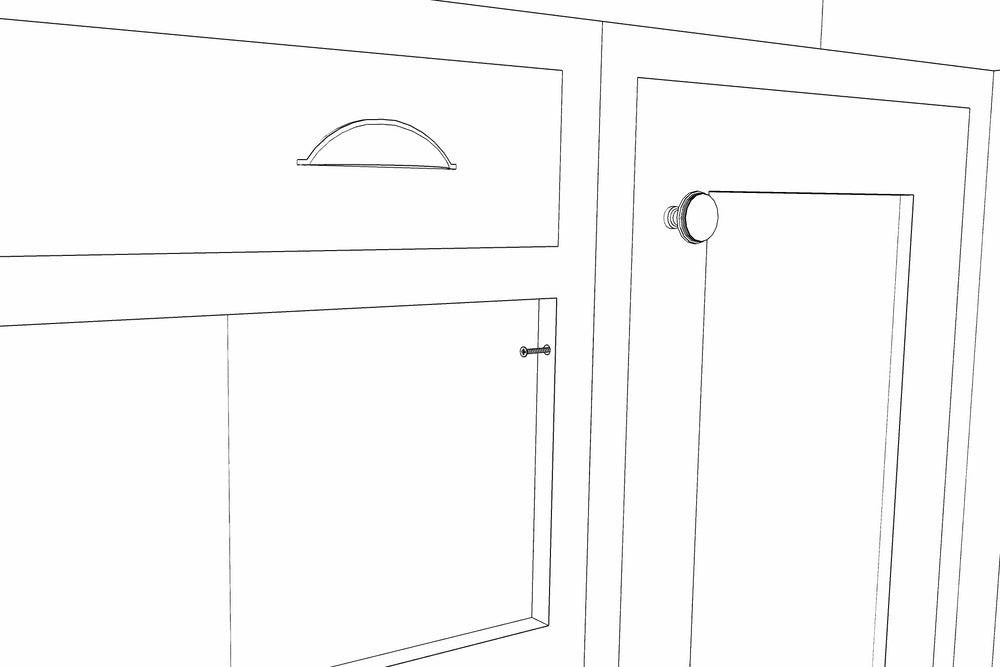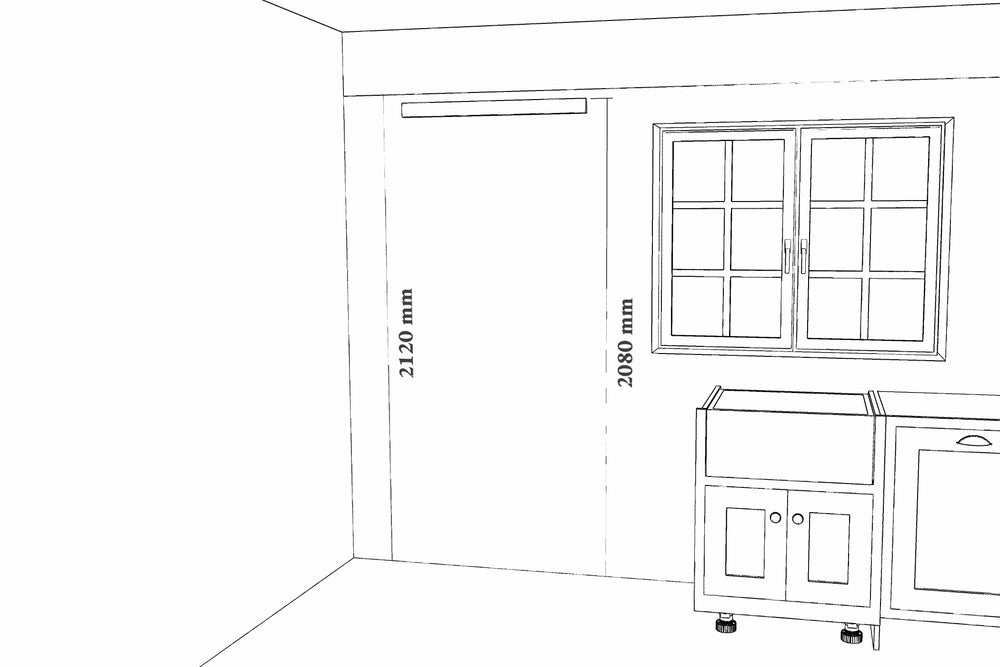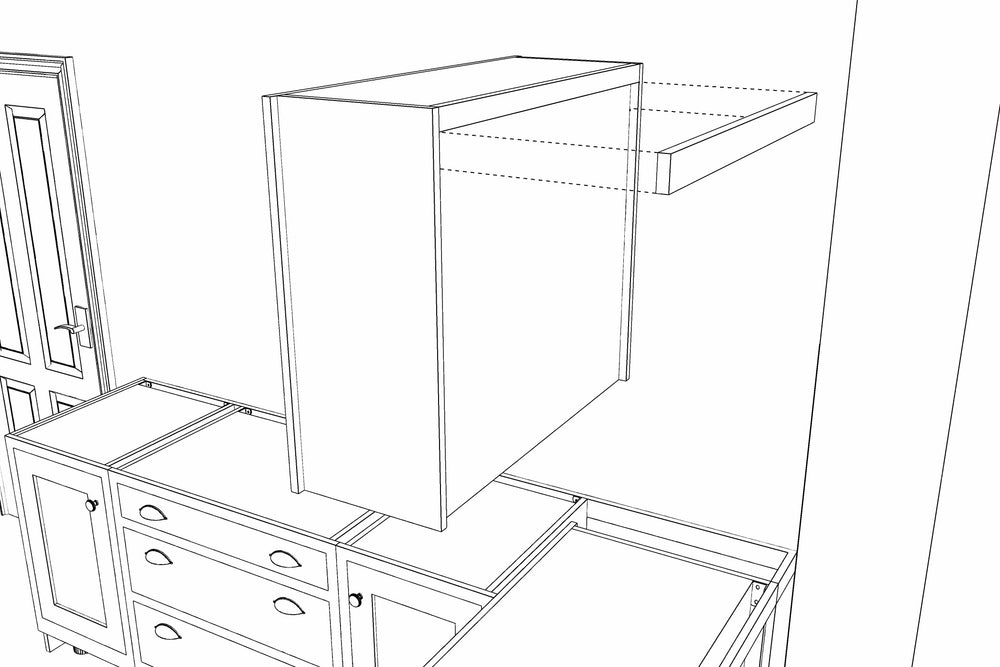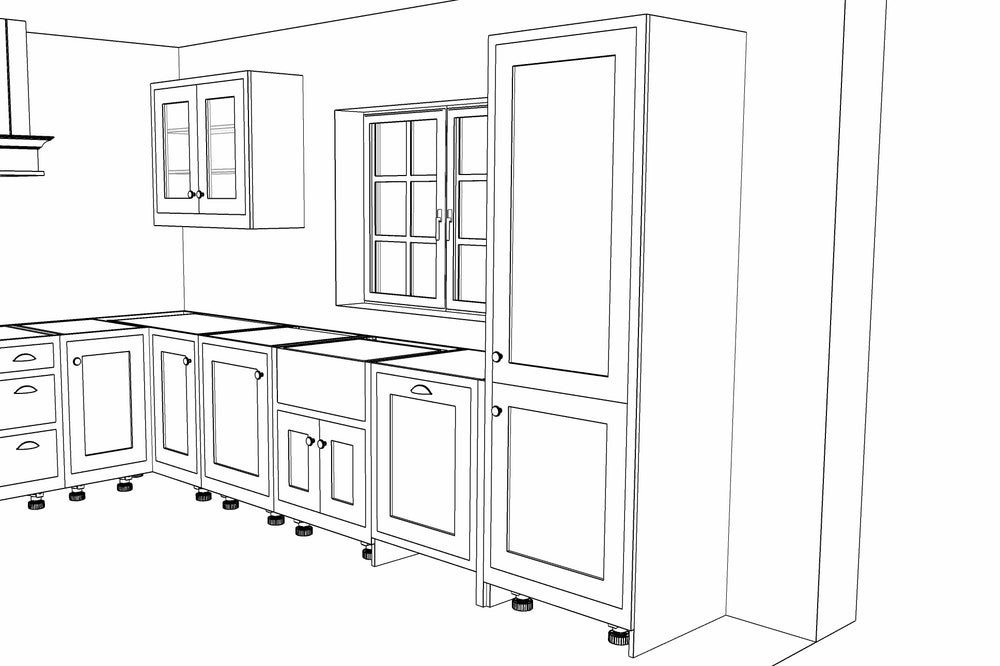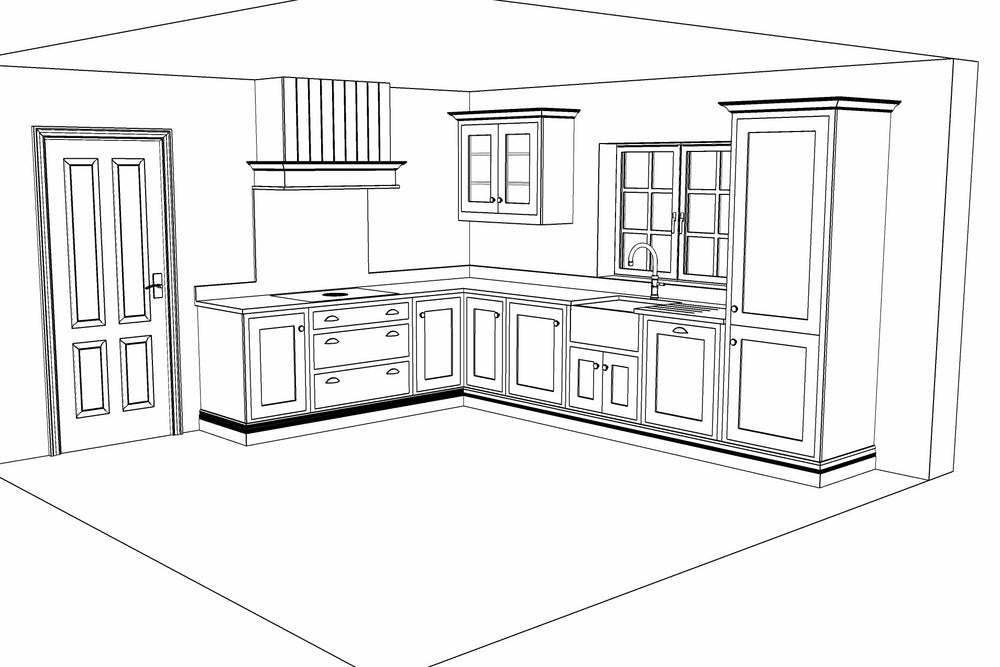Base Units
1.
Ensure floors are level and set the height for the base units to be fitted at. This should be 870mm to the top of the unit. Mark a line at 870mm around the walls that the base units are to be fitted to.
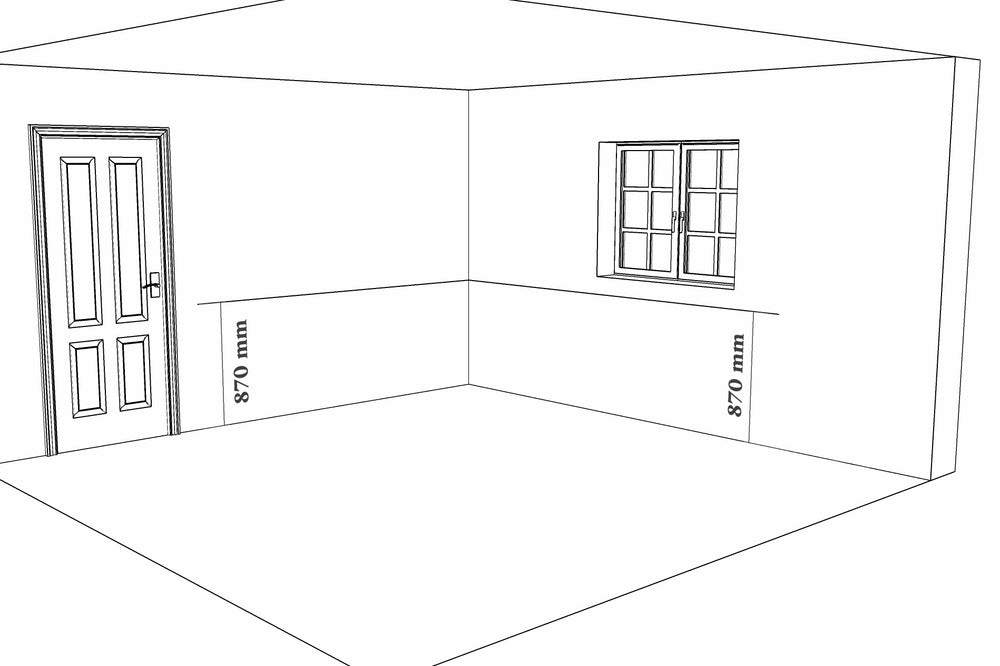
2.
Screw a 20mm wooden batten to the wall with the top of the batten at the 870mm marking.
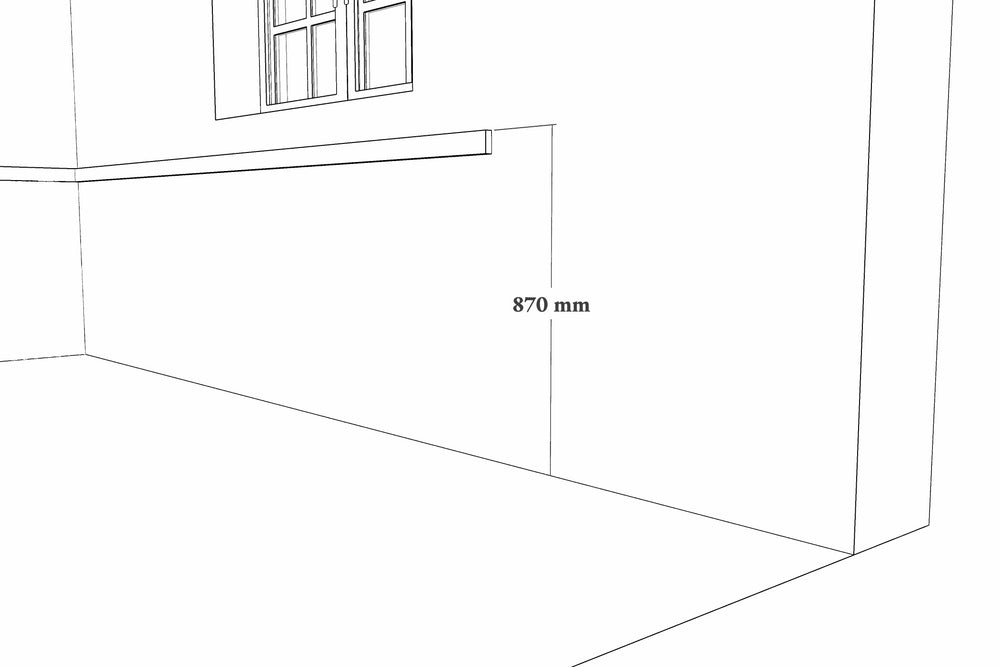
3.
Secure the unit to the batten with 90° stretcher plates, making sure that the top of the unit is measuring at 870mm. Use the adjustable feet to get the unit level, checking the level left to right and front to back with a spirit level.

4.
Fit the adjacent unit in the same manner. Remove the door or drawers from one of the units and drill through the frame sideways. Fix the units together through the frame with a screw. If removing a door hinge, screw behind the removed hinge.
